While do-it-yourself projects can be fun and fulfilling, there is always a potential for personal injury or property damage. We strongly suggest that any project beyond your abilities be left to licensed professionals such as electricians, plumbers, and carpenters. Any action you take upon the information on this website is strictly at your own risk, and we assume no responsibility or liability for the contents of this article.
How to Prepare for Summer Heat

Each summer brings a different set of challenges. Yet no matter where your home is located across the country, there’s a good chance you’ll experience a heatwave at least once over the summer. Keeping energy bills affordable all summer requires a whole-house approach, not just a dedication to putting up with higher temperatures indoors. Stay comfortable while sticking to your budget with these tips for preparing for the summer heat.
Upgrade to a Programmable Thermostat

A programmable thermostat is one of the most significant upgrades you can make to your home’s cooling system. You’ll reap benefits from it year-round, including during heat waves at the height of summer. The key to the programmable thermostat is to set the device to reduce the demand for cooling when you’re not home. By letting the home get a little warmer while you’re at work or school, you can save significant amounts on your electrical bills over the summer. The programmable thermostat comes in handy because it’s easily set to reduce temperatures again before you arrive home, resulting in uninterrupted comfort. You can also adjust the A/C level from any distance with many thermostats.
Change the Filters on Your A/C
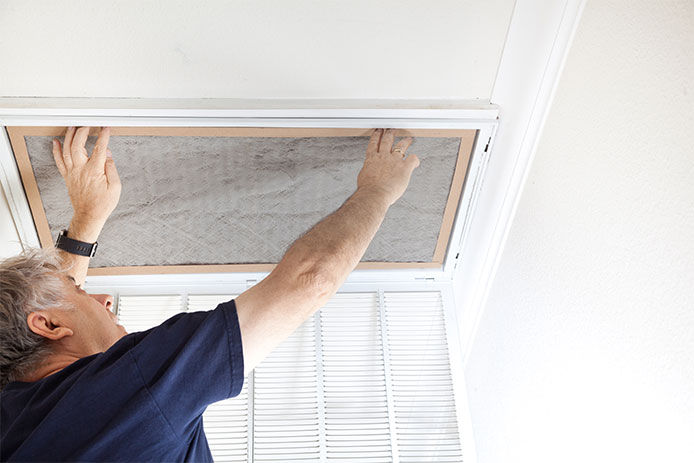
Home air filters need to be changed year-round, but A/C filters, in particular, tend to clog quickly over the summer due to pollen and increased dust levels in the air. Put in fresh air filters at all the key points in the A/C system before starting it up the first time to ensure dust isn’t pulled into the compressor. Keep enough replacement air filters on hand that you can swap them out every three months the entire time the A/C is running. This minimizes operating expenses, maximizes cooling, and reduces wear and tear on the system.
Install Ceiling Fans
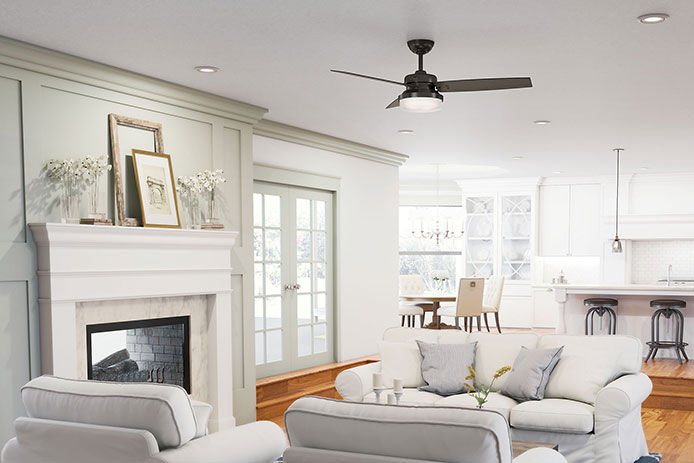
Rooms with higher ceilings or plenty of windows on the north or east side of the home may benefit from ceiling fans. Ceiling fans make the room feel cooler by pushing air down past your body, and they can drop the temperature in the evenings when cool air is easily drawn in from shaded windows. In addition, ceiling fans are inexpensive, with many models costing $100 or less, and reduce electrical demands by allowing you to cut down on the A/C.
Look for Heat-reflecting Drapes and Window Coverings
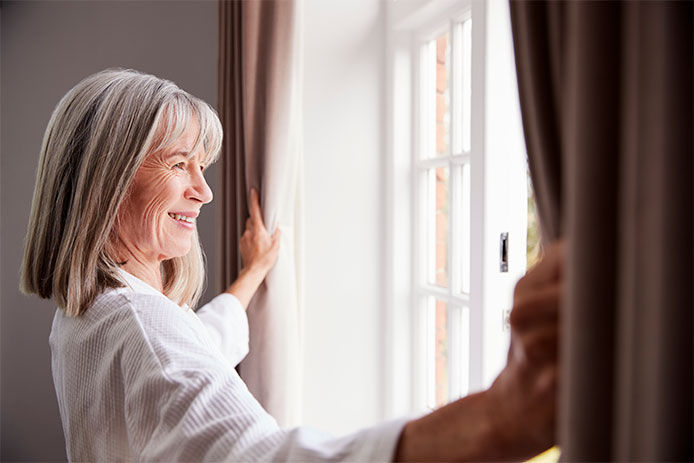
Insulated drapes aren’t just for winter. You’ll need a different set of drapes to keep heat out in the summer, but they’re still designed with the same principles of stopping the transfer of heat. In this case, a reflective material will be used on the inside of the window coverings to keep heat trapped at the window rather than entering the home to reduce how cool it feels. Don’t waste extra energy cooling the house just because your windows aren’t double-glazed. Installing all-new windows is a major investment to beat the heat, but heat-reflecting window coverings can make any windowless of a summer-time heat source.
Seal up Drafts
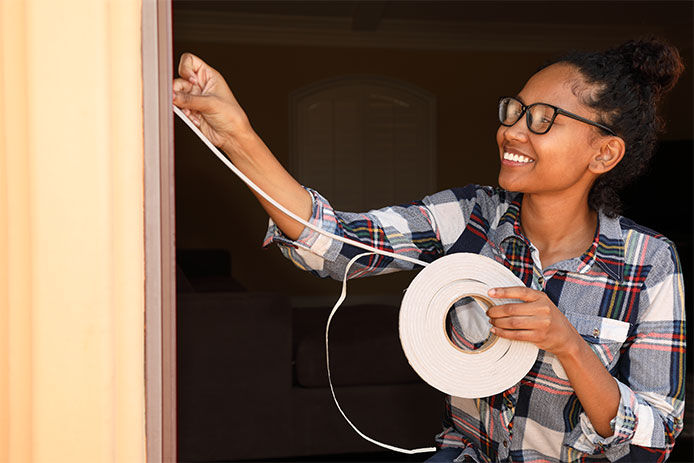
The same drafts that let cold air in your home over the winter let cool air escape in the summer. Why pay to cool the air with your A/C just to let it escape into the neighborhood? Deal with leaks around windows and doors by installing weatherstripping or using expanding foam for gaps around framing. You may need to replace trim or add insulation to other parts of the home where the air is escaping through wall assemblies or uninsulated ceiling sections. Don’t block off any vents in the attic since they’re designed for ventilation purposes and shouldn’t affect the cooling of the rest of the home.
Consider Window A/C Units for Extra Cooling
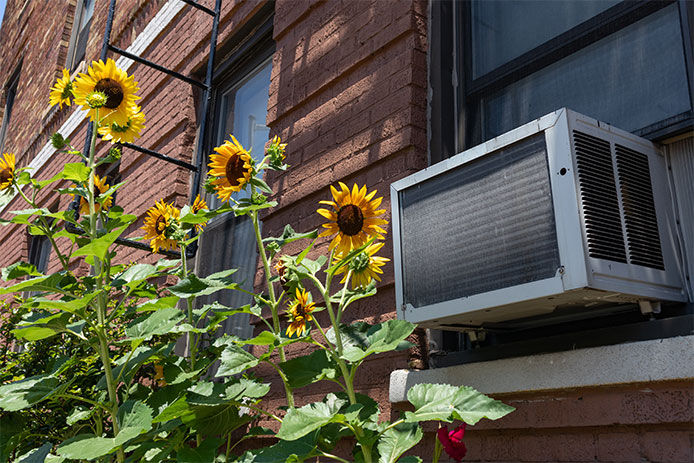
If your primary central A/C unit just can’t keep up with demand on the hottest days, you don’t have to invest in a whole new system just yet. Installing one to two highly efficient Energy Star-rated window units can increase cooling with a minimal impact on monthly bills. Older window units were highly inefficient, leaving the room too warm while costing plenty to run. Today’s modern window A/Cs are smaller, quieter, and cost less to run than ever while providing plenty of cooling. In-room A/Cs that vent to a nearby window with a flexible hose are another good option for cooling in parts of the home far from the central air system.
Beat the heat by getting smart about summer prep before the mercury starts to rise. By improving your home now and making a few improvements to your A/C system, you’ll be prepared for 85-, 95-, or even 100-degree F weather without breaking a sweat.